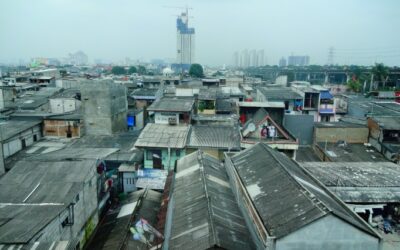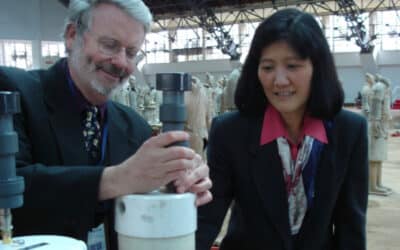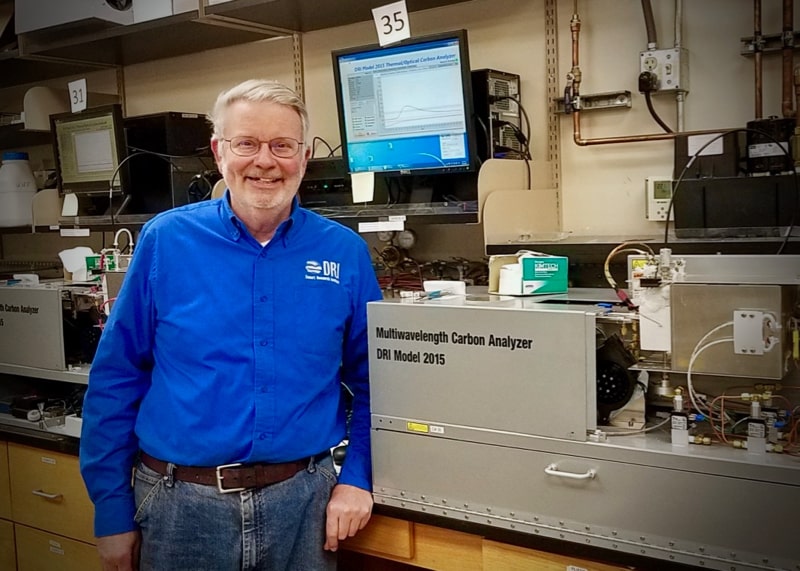This fall, DRI scientists received word that air quality monitoring guidelines and reports from a decade-old project in Indonesia had served a beneficial new purpose: providing key evidence in an important court decision that will require stricter air quality standards in the City of Jakarta.
DRI Air Quality Experts Awarded Prestigious Haagen-Smit Prize
April 30, 2020 (RENO) – Drs. Judith Chow and John Watson, research professors in the Division of Atmospheric Sciences at the Desert Research Institute in Reno, were awarded Elsevier Publisher’s 2019 Haagen-Smit Prize for outstanding paper published in the journal...
Meet John Watson, Ph.D.
John Watson, Ph.D., is a research professor of air quality science with the Division of Atmospheric Sciences at the Desert Research Institute in Reno. John specializes in air quality measurements, source apportionment (tracing pollutants to their sources), and adverse...


